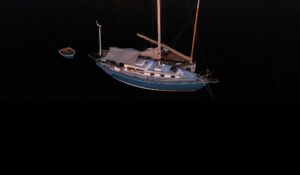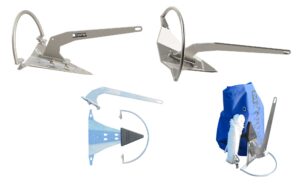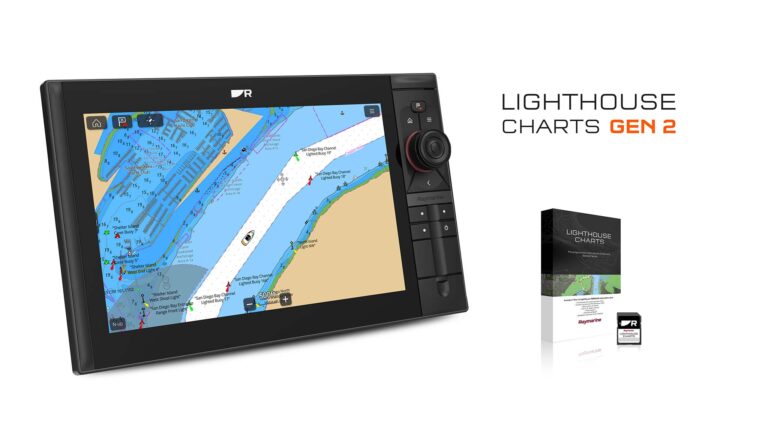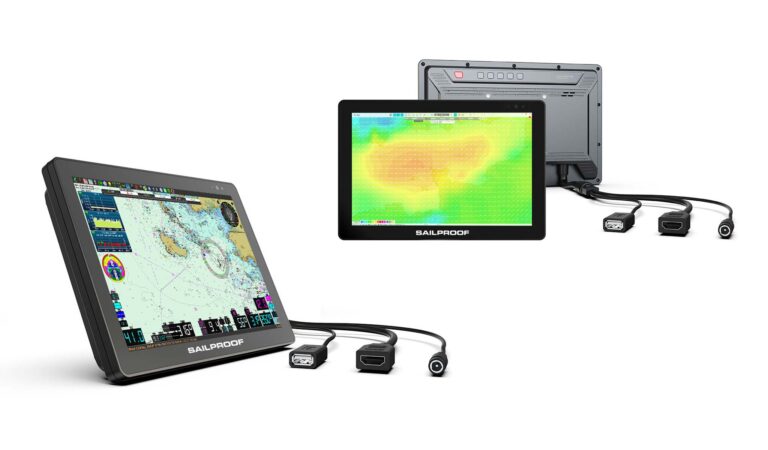From an app that analyzes your baby’s cry to one that can determine if a watermelon is ripe, there seems to be little an app cannot do. So why not use apps to lend a hand to the planet? Here are three apps that help ocean-lovers do their part to save the seas.
Seafood Watch App (iPhone/iPad and Android, Free):
Although nearly 75 percent of the world’s fisheries are being overexploited and many common fishing techniques destroy marine habitats, seafood consumers can help stop these unsustainable practices by eating only fish that is caught ethically. Of course, interrogating an unsuspecting waiter or spending time researching every fish on a dinner menu is not practical, nor in many cases appropriate. However, by using the Monterey Bay Aquarium’s Seafood Watch App, you instantly have the information you need to make the best sustainable seafood choices.
The Seafood Watch app allows you to search its database by fish species or browse for fish by three categories: avoid, “overfished or fished or farmed in ways that harm other marine life or the environment;” good alternative, “an option, but there are concerns with how they’re caught or farmed—or with the health of their habitat due to other human impacts”; and best choice, “abundant, well-managed and caught or farmed in environmentally friendly ways.”
The guide includes pictures of each fish and describes how each is caught as well as why it is, or is not, an eco-friendly method. For those fish that are not caught sustainably, Seafood Watch offers alternatives. To help users fully understand where their seafood comes from, the app includes a glossary, where you can look up terms like “bottom trawling” or “hydraulic dredging.” There’s even a special Sushi Guide.
Another one of the app’s handy features is Project FishMap, which allows users to both tag and search for restaurants or markets that offer sustainable fish in their area. The map feature can also use your current location to suggest nearby vendors that have been marked as sustainable by other app users. With each option, the app provides the location’s address, approximate distance and the types of eco-friendly fish found there. The app can also link directly to Google Maps to help you find a seafood dinner on the spot.
Marine Debris Tracker (iPhone/iPad and Android, Free):
Marine Debris Tracker, created by NOAA Marine Debris Division and the Southeast Atlantic Marine Debris Initiative, is a great app for trash-conscious sailors, whether you’re planning a shoreline cleanup project or simply picking up a stray food wrapper from your marina. In the event you find any kind of waterborne trash or debris, the app allows you to both classify it from a 46-item list and enter a quantity and description. The app then uses your GPS coordinates to pin the recovered items on a map exactly where you found them. The resulting pushpin map displays debris logged by all users and helps researchers uncover trends in marine debris. Marine Debris Tracker has also been helpful with Tsunami debris and is a useful tool for reporting debris that might not be safe to pick up.
The app can be used in remote areas as well, as it allows you to store entries to be submitted later when a signal is available. Data entered into the app by all users is available for download as an Excel file via the Marine Debris Tracker website. You can also choose to download your own cleanup data and share it with your online communities.
Rippl (iPhone/iPad, Free):
People often say it’s “easy being green,” but sometimes it seems easier to forget simple eco-friendly practices. That’s where the Ocean Conservancy’s Rippl app comes in. Rippl provides weekly “green living” alerts that you can schedule based on your own needs. The organization’s goal is to “stimulate a new community of everyday sustainability advocates.” By encouraging the small efforts of many, they hope to create large-scale positive change for the environment over time—hence the name Rippl.
For example, if you constantly forget your reusable shopping bags for the grocery store, you can set Rippl’s “BYOB” (bring your own bag) alert for the time you typically leave the house each morning. In doing so, you’ll cut down on plastic waste that often makes its way to the oceans and results in the death of 100,000 marine mammals each year.
This app is different from your phone’s Reminders tool in a few ways. Rippl allows you to set goals and track progress over a custom time period. When an alert pops up you can select yes or no, depending on whether you completed it, and the app tracks your longest successful streaks, to judge your progress. The tips, developed by environmental scientists and behavior change experts at Arizona State University, aren’t necessarily radical (i.e., carry a reusable bottle, reduce paper towel use) but because they are daily, they help users build new habits and eventually, not need the reminders at all.
One feature that will also help encourage users to rethink their daily practices is the “Learn More About This Tip” button, which links to the Ocean Conservancy’s blog about why each “green” suggestion is important. Users can also tweet or post to Facebook directly from the app, as well as email tip suggestions directly to the Ocean Conservancy.









